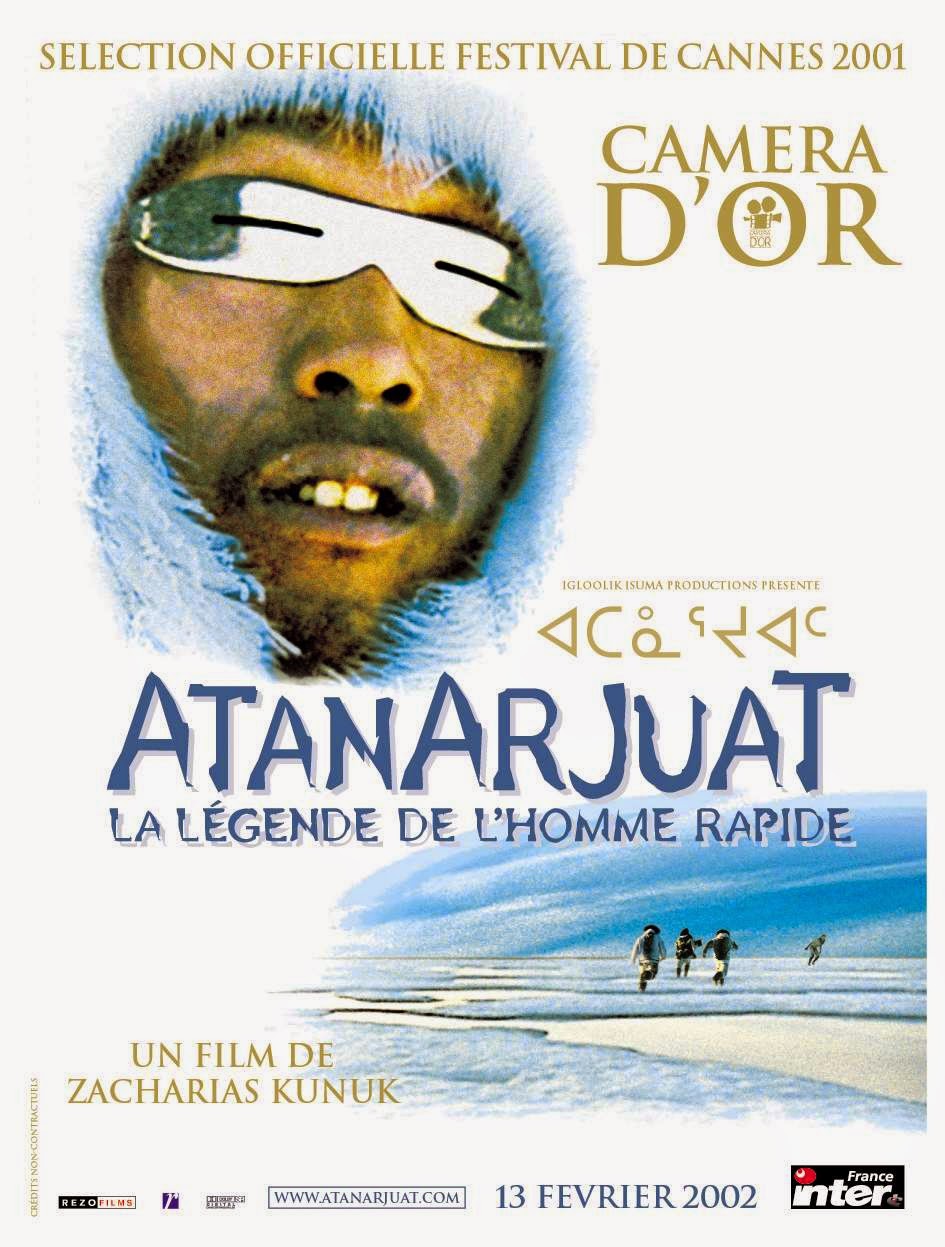 The film "Reel Injun" shows the reality of what it is like to be a Native American, and how Hollywood portrays them. As times have changed, the stereotype of Native Americans in Hollywood has has changed as well. In the early 1920s when cinema was still young, there were silent films of Native American ceremonies. Jesse Wente says, "there were more than 100 silents made involving Native Americans because this part of American history was ongoing at the time." (Reel Injun) During this time, native people were given more respect in cinema. Their ceremonies were real. However, as time went on, the social problem continued to get worse. Cinema made native people out to be savages and not human. Through classic "western films" the Natives were played by caucasians who did not even know how to speak the native language. They wore headbands and head dresses only to keep their wigs on. Richard Lamante, a hollywood costume designer says "if you look at movies in the 30s, Native Americans much like African Americans are used as props." Lamente is saying Native Americans were only in movies to portray a stereotype. This trend went on for a long time, and cinema had a big affect on the Native American sterotype. John treadle, a Native American activist says, "The predatory mentality shows up and starts calling us Indians and using this as a vehicle for erasing the memories of being a human being." This is a powerful quote. The memories of being human slowly disintegrate over watching these unrealistic films. This is a sad thing but it is getting better.
The film "Reel Injun" shows the reality of what it is like to be a Native American, and how Hollywood portrays them. As times have changed, the stereotype of Native Americans in Hollywood has has changed as well. In the early 1920s when cinema was still young, there were silent films of Native American ceremonies. Jesse Wente says, "there were more than 100 silents made involving Native Americans because this part of American history was ongoing at the time." (Reel Injun) During this time, native people were given more respect in cinema. Their ceremonies were real. However, as time went on, the social problem continued to get worse. Cinema made native people out to be savages and not human. Through classic "western films" the Natives were played by caucasians who did not even know how to speak the native language. They wore headbands and head dresses only to keep their wigs on. Richard Lamante, a hollywood costume designer says "if you look at movies in the 30s, Native Americans much like African Americans are used as props." Lamente is saying Native Americans were only in movies to portray a stereotype. This trend went on for a long time, and cinema had a big affect on the Native American sterotype. John treadle, a Native American activist says, "The predatory mentality shows up and starts calling us Indians and using this as a vehicle for erasing the memories of being a human being." This is a powerful quote. The memories of being human slowly disintegrate over watching these unrealistic films. This is a sad thing but it is getting better.There are poor representations of Native Americans shrouded throughout Hollywood's history.
There are so few real representations of Native americans that they become an inhuman stereotype. John Trudell says in the film Reel Injun, "Im a human being, this is the name of my tribe, this is the name of my people, but I'm a human being!" (Reel Injun) What he is trying to get across is how he and his people want to be portrayed as human beings. For so many years and still today, Native people are treated as objects, or props in a film. Several years ago when Marlin Brando won the Oscar for "Godfather" a Native American woman named Little Feather went up to the stage and said "I am representing Marlin Brando this evening, and he has asked me in this very long speech that I cannot share with you due to time. He cannot accept this award and the reasons being of the treatment of American Indians today by the film industry." Something appaling happens while she is talking, people from the crowd start booing. What Little Feather does is very controversial at the time. It is insane to think that something like that is "controversial". However it is how Native Americans were
treated in cinema at that time. Since then, several films have been made that glorify native people and their culture, for example, Smoke Signals and The fast Runner. Although these two titles do not come close to showing what it's like to be Native American, they do give a glimpse. Grahm Green says this about The fast Runner, "This movie brought it top the point where cinema was telling our stories, our way." Of course not all stereo types will be erased with two or three movies. Cinema is finally coming to the point where they will let Natives tell their story the way it should be told. Why tell it any other way?



No comments:
Post a Comment